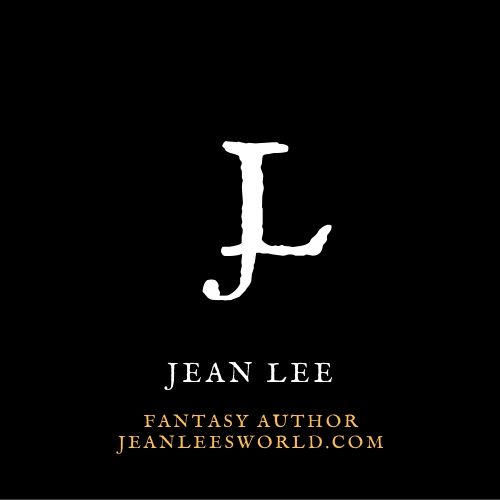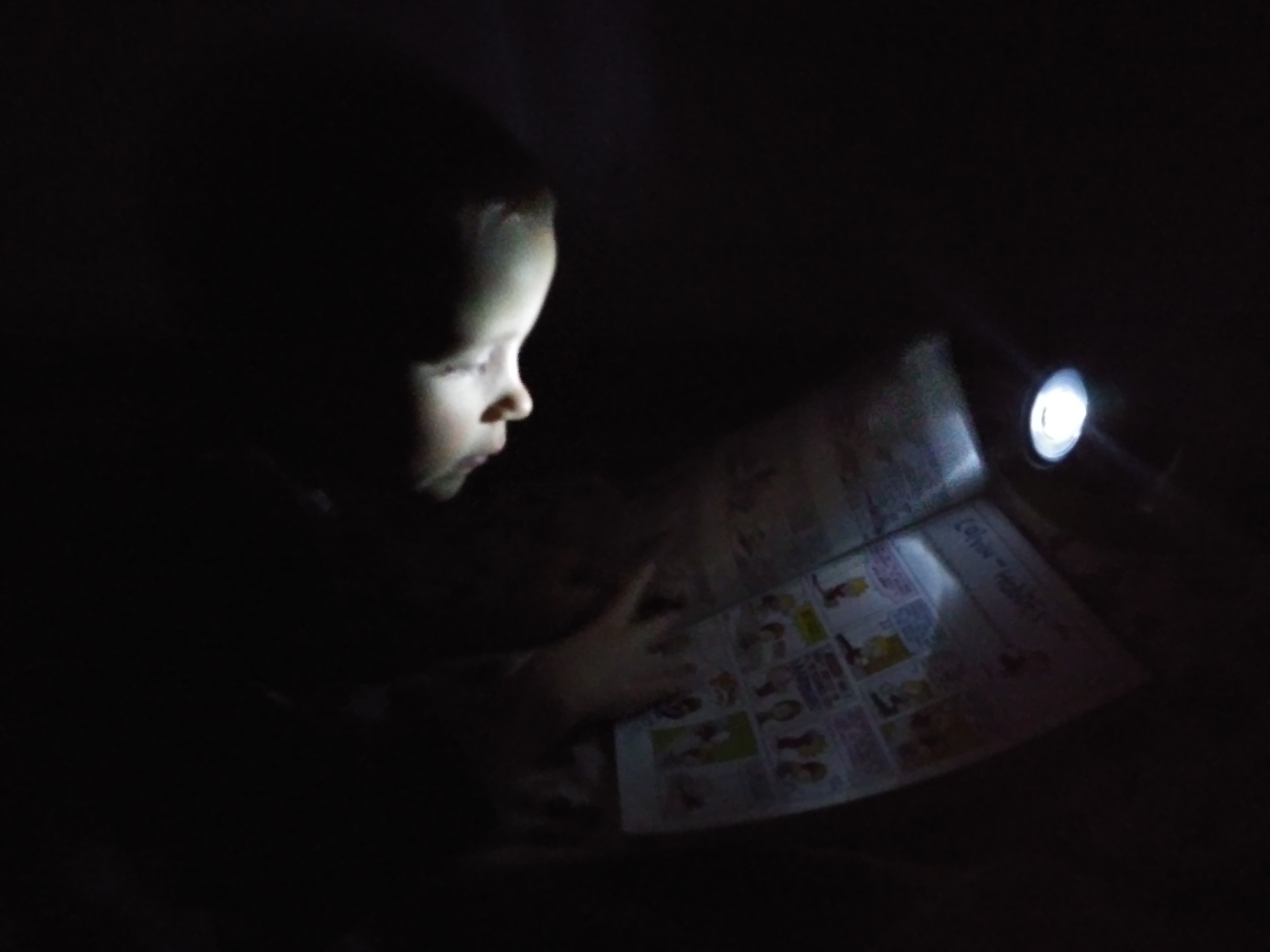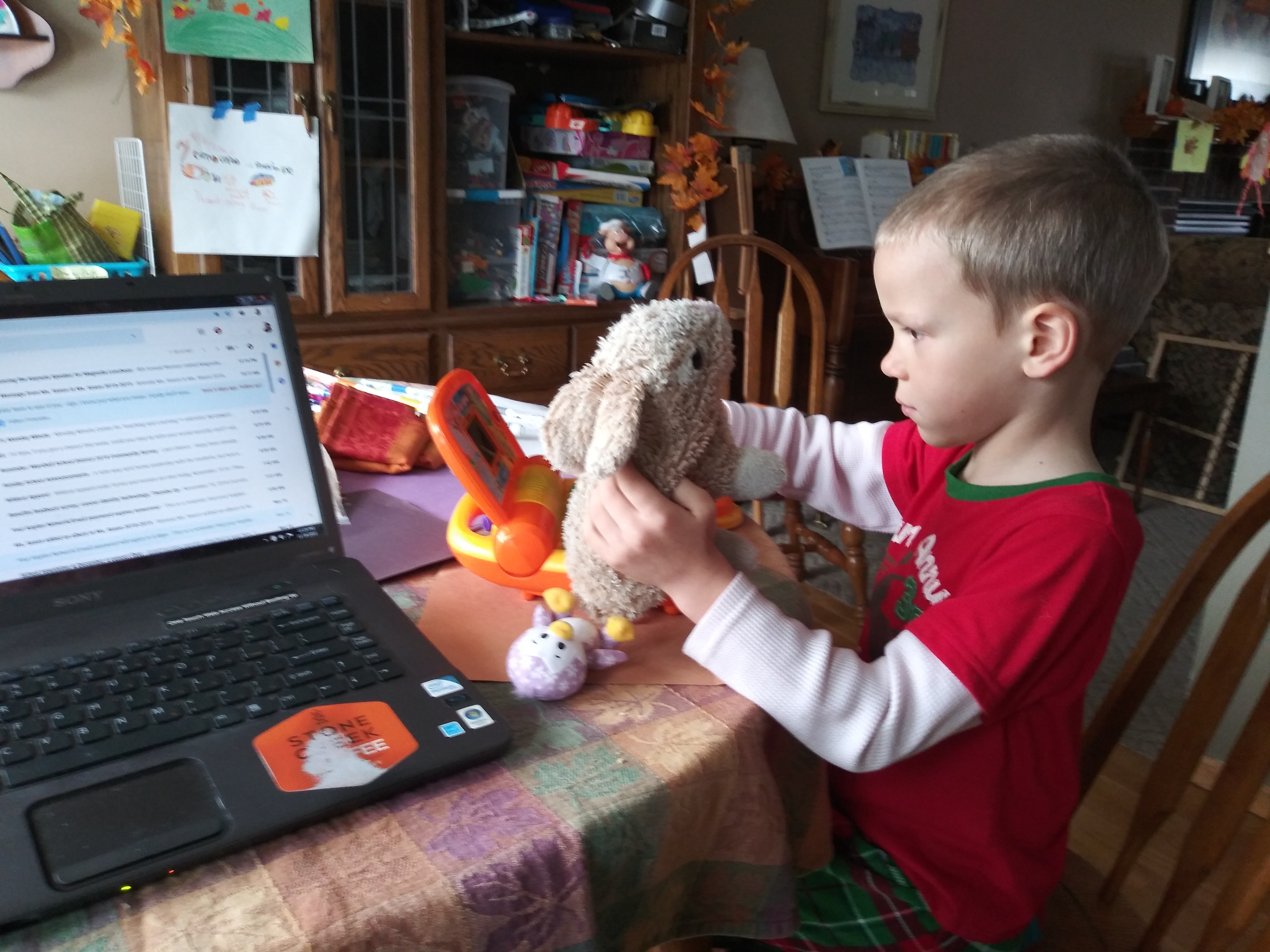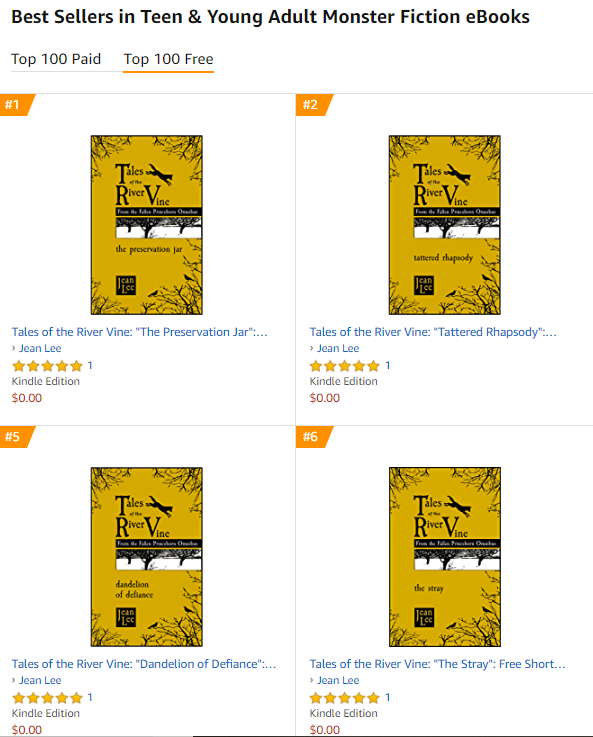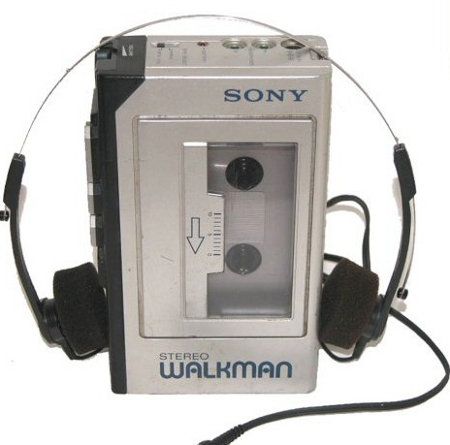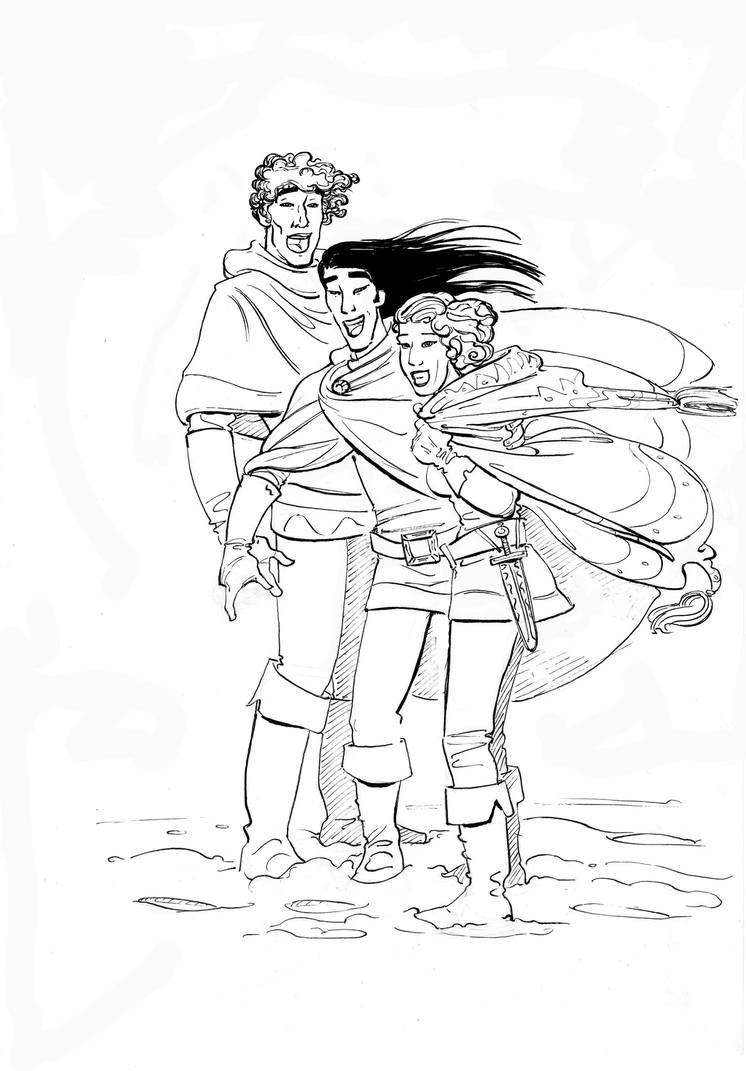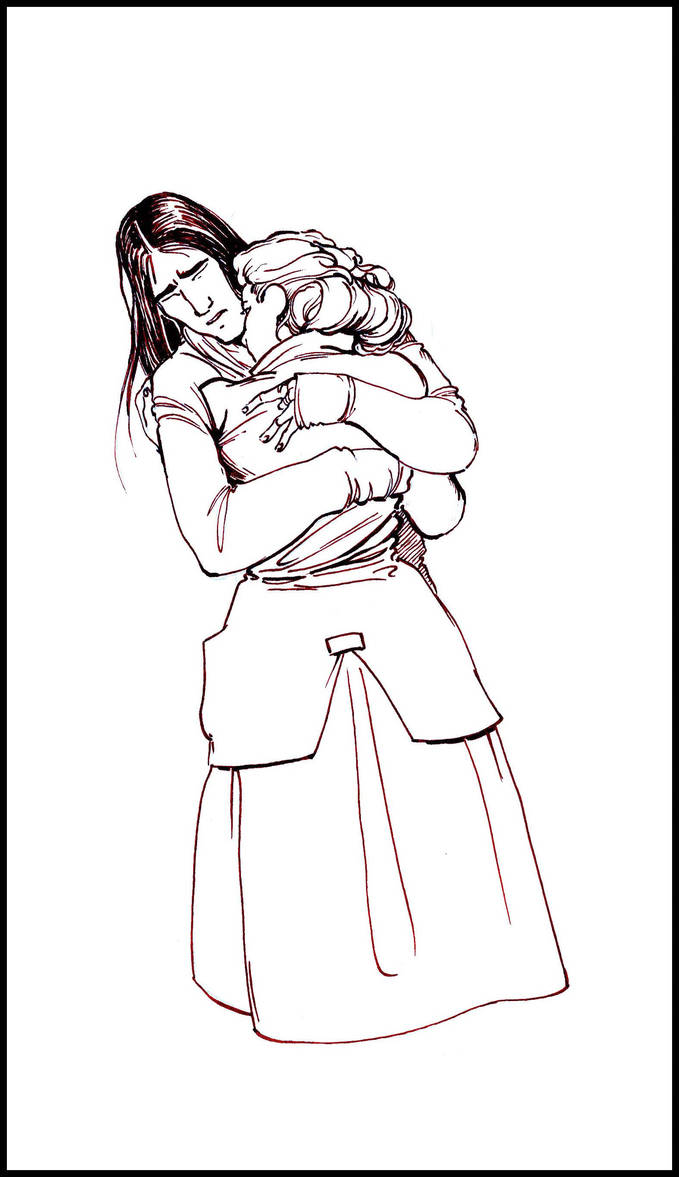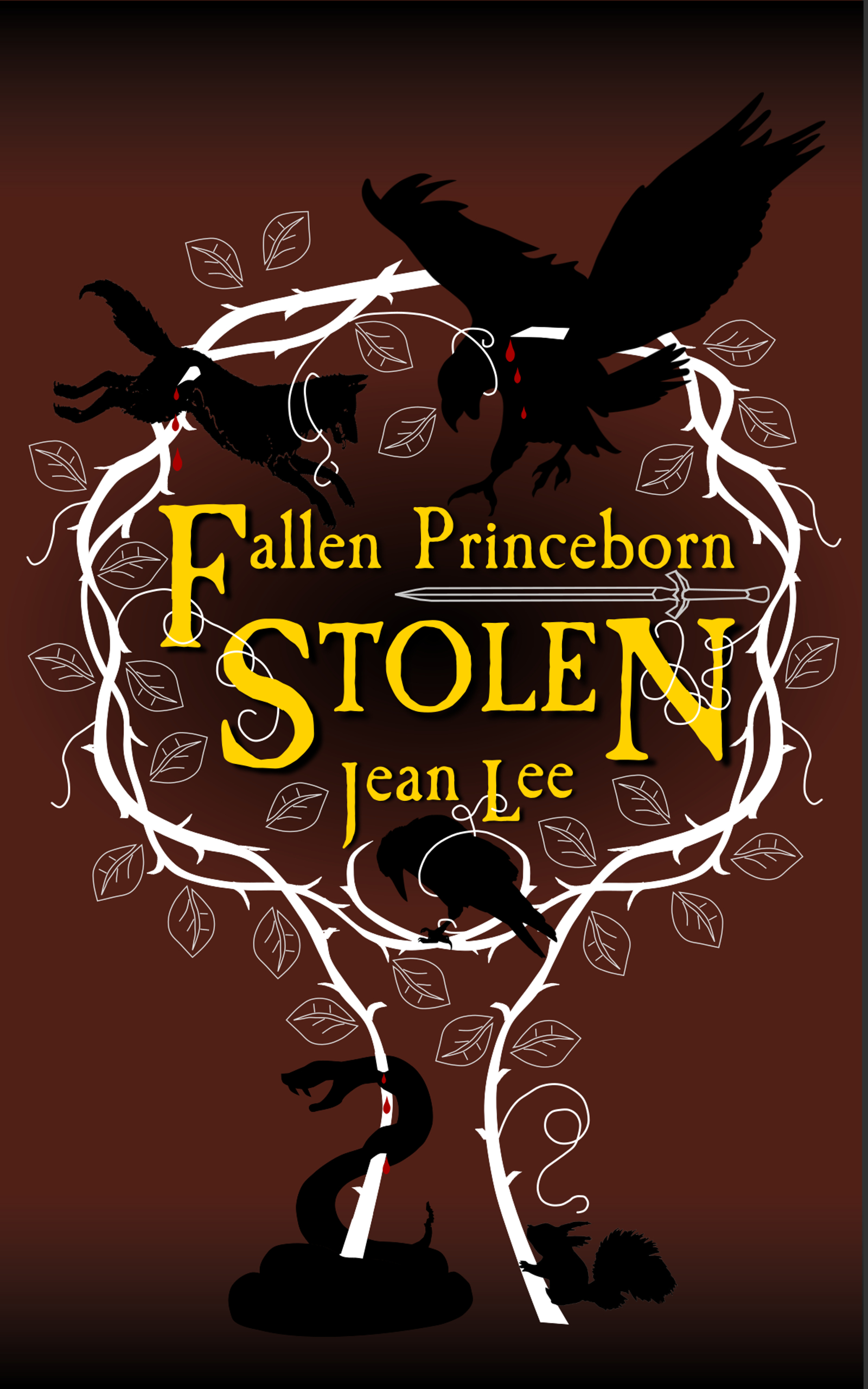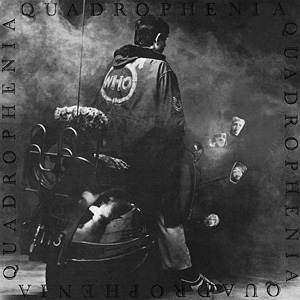As 2018’s National Novel Writing Month draws to a close, I thought I’d offer a little music to help those entangled in face-offs and final battles. We all could use a little muscle to pull us out and onward.
What better muscles can I give you than these?
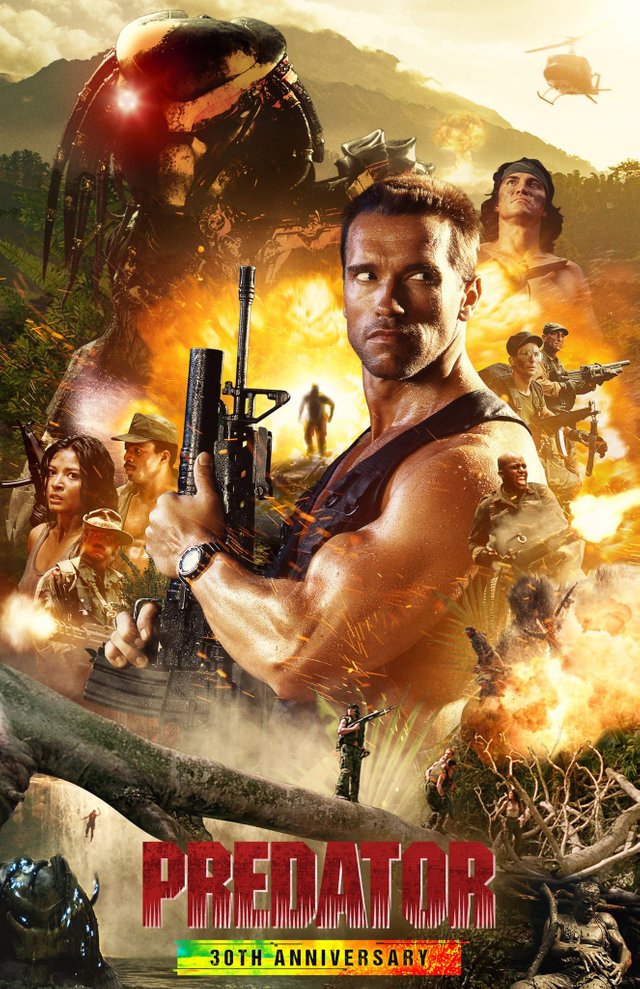
Alan Silvestri’s music defined adventure during my childhood: Back to the Future, Flight of the Navigator, and Who Framed Roger Rabbit come to mind. This powerhouse of a composer knows how to carry audiences off into the air with heroic brass and whimsical strings.
I know: you’re not here to start an adventure. You’re here because it’s time for you–and the characters of your story–to kick some villainous butt.
So let’s join up with the best of the best, the men of muscle who fly across the border and walk into a guerrilla nest without flinching. Men who chew cigars, sweat through camo paint, and say lines like “I ain’t got time to bleed” and sound tooootally bad-ass.
Predator isn’t a scifi-action classic purely because of Arnold Schwarzenegger’s performance, or only because of Stan Winston’s monster creation. Silvestri’s score plays a HUGE role in this story’s atmosphere, too.
Arnie’s military group is sent on what they think is a rescue mission deep in central America–until they find men of a previous “rescue mission” skinned and hanging from a tree. We see no evil, but we see its horror. Silvestri gives only a single, drum-like percussion, far off. An alien’s heartbeat, an echo of another nature. It’s never completely gone; rather, it hides in the rest of the orchestra’s bursts of harmony in the brass, strings, and percussion. The music sweeps up, sweeps down, all stealth and caution….until the two minute mark. The low brass of epiphany emphasizes the characters’ realization the situation is not what they presupposed.
Silvestri nails suspense with a moment when Arnold’s crew sets a trap for whatever’s killing them. The strings remain high, tight. No aggression in these first few moments, only fear–though no one wants to admit it. The combination of high strings and oppressive jungle makes characters and audience alike ready to snap under the pressure to wait. This moment often helps me add extra setting details to make the characters look hard for the villain as they wait for the trap to be sprung. And you’ll know when the villain comes, all brass and drums.
Silvestri and violins, man…he just knows how to set them running up and down in arpeggios to quicken the heartbeat. With opening in a dissonance, we put our survival instincts into a panic. We run with the strings, and the moment they stop we skid to a halt. The brass and piano takes up the chase, hunting us, hunting the characters, both.
And climax? Ye GODS, Silvestri knows his pacing. The first minute is almost sweetly mysterious with the strings as we think we’ve won against the fantastic thing, this hunter. We can stand over it victorious as its strange insides are exposed to us…until the brass and piano begin. They begin a steady build, add the percussion, build. Then the strings start to run and you know you’ve got to get the hell out of there before evil steals your victory in death.
We all want our heroes to win the day, but we don’t want it to be easy for them–there’s no story without conflict. We gotta make our heroes scared. It takes some serious fear to make the final victory all the sweeter for characters and readers alike.

~*~ ~*~ ~*~ ~*~
Last-minute call for shout-outs to go in my newsletter! I’d love to share what you’re up to with my readers. Click here to subscribe my newsletter, too!

Do you have a favorite character from Tales or Fallen Princeborn: Stolen that you feel needs some extra page time? Please let me know in the comments below–maybe they’ll be featured in future Tales of the River Vine!
Read on, share on, and write on, my friends!
